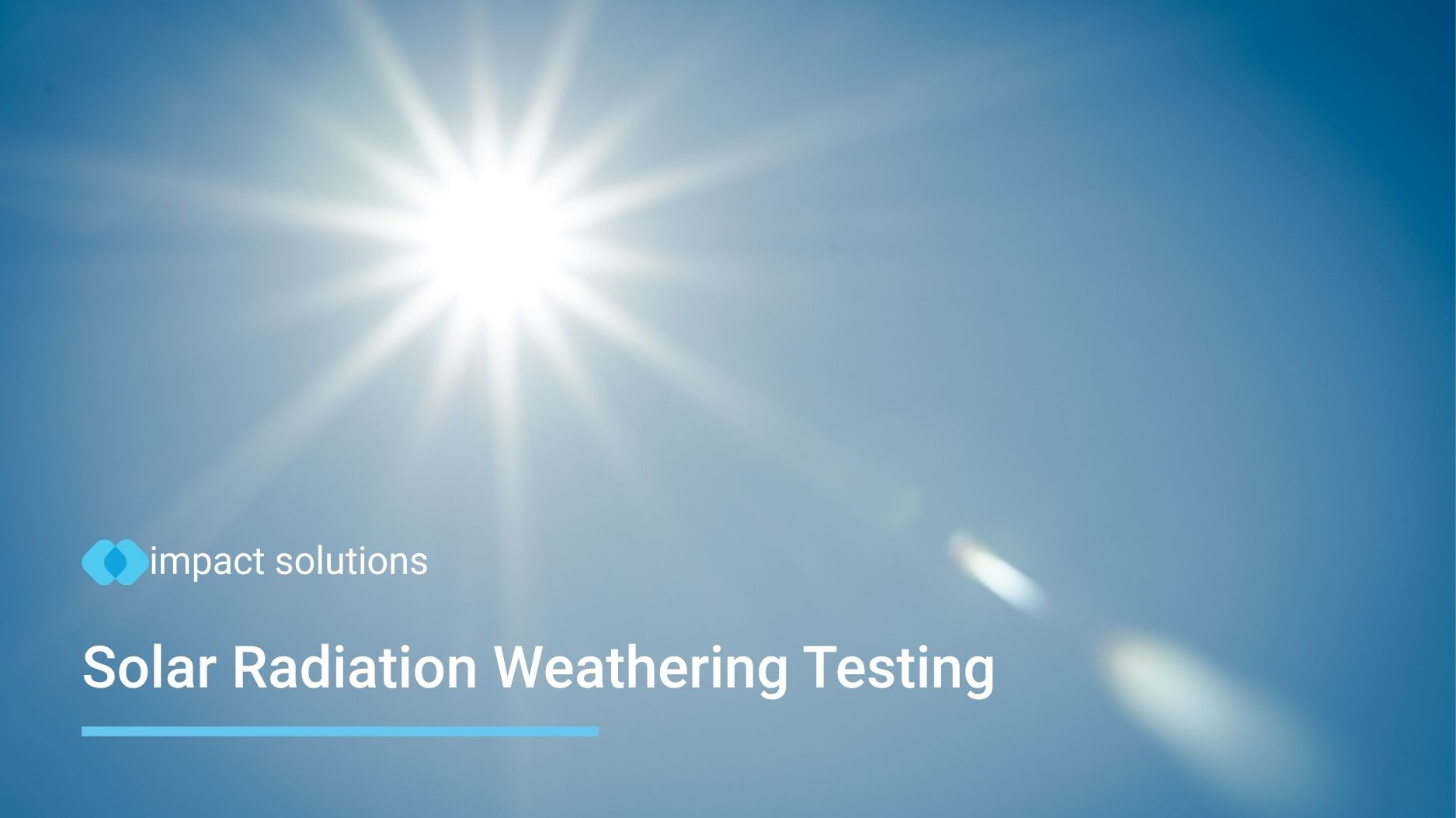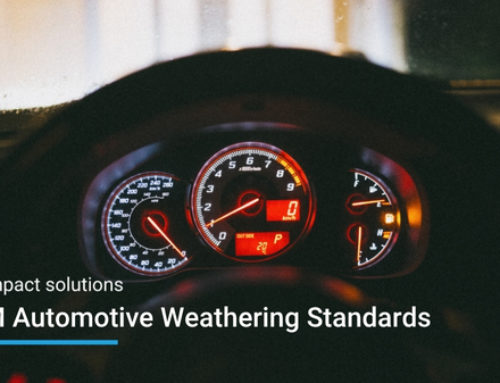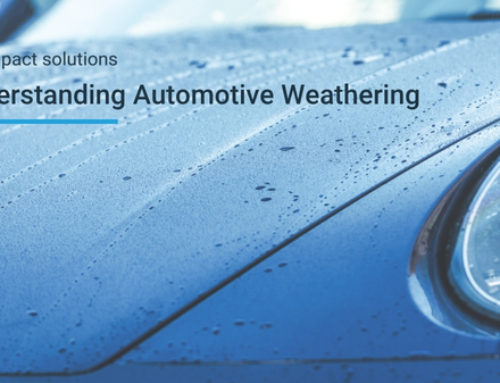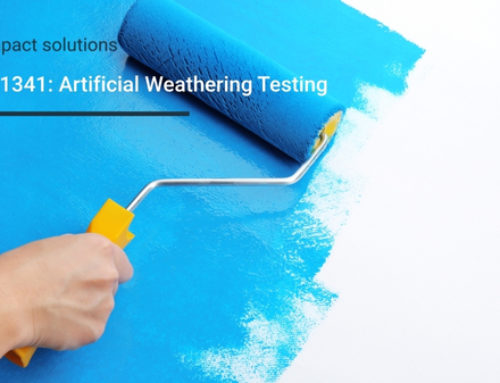When it comes to designing products for outdoor use, particularly electronics, there is one key factor which simply cannot be ignored: the sun. Solar radiation, exposure to harmful UV rays, and heightened temperatures can all be problematic for your product's long-term performance.
Fortunately, this is where BS EN 60068-2-5 comes in. This method of solar radiation weathering testing simulates long-term exposure to sunlight in order to evaluate its effects on product integrity and performance.
How Does the BS EN 60068-2-5 Testing Process Work?
BS EN 60068-2-5 incorporates two types of tests to evaluate how your product responds to sunlight exposure:
- Thermal Effects Testing
- UV Weathering Testing
Labs conducting these tests most commonly simulate sunlight by utilising xenon arc lamps, using periods of light and darkness to mimic the effects of daily light cycles.
The light emitted from these lamps replicates both UV and Infrared, which allow for testing for both degradation and heat resistance respectively.
Strict environmental testing standards are adhered to. Both irradiance and temperature are closely monitored throughout the process to give the most realistic representation of exposure to sunlight.
Solar radiation weathering testing is usually carried out over a period of several days or weeks, however, testing the effects of long-term exposure over a greater period of time is also possible.
Why is BS EN 60068-2-5 Testing Necessary?
When designing your product, failure to test for solar radiation resistance can lead to a variety of issues affecting both product quality and performance, these include:
- Fading or cracking of external surfaces
- Decline in performance or complete failure of electronics due to heat exposure
- Non-compliance with health and safety regulations, or other regulatory body's standards
Which Industries Should Consider Using BS EN 60068-2-5 Testing?
While any industry which frequently utilises outdoor equipment can benefit from BS EN 60068-2-5 testing, there are various sectors in which this testing process could be considered a necessity:
- Energy Industry – Solar panels, by nature, must be resistant to weathering and malfunction as a result of solar radiation.
- Automotive Industry – Exterior vehicle components, such as parking sensors, must be able to handle prolonged sunlight exposure.
- Railway Industry – It is essential that signalling equipment and other trackside electronics can withstand long-term solar heating and weathering as a matter of safety.
- Agriculture Industry – Outdoor equipment used to monitor field conditions will be exposed to daily cycles of daylight and therefore should be tested for their ability to function under such conditions.
- Military Equipment – With exposure to extreme weather conditions being commonplace for many forms of military equipment, such as communication systems and vehicles, BS EN 60068-2-5 testing is essential.
FAQ
What is BS EN 60068-2-5 testing used for?
It replicates the effects of the sun's rays through exposure to both UV and heat.
Are BS EN 60068-2-5 and IEC 60068-2-5 the same?
Yes. IEC is the international standard, while BS and EN are the British and European standards for the same method of testing.
How long does BE EN 60068-2-5 testing take?
Testing usually takes from a few days to a few weeks; this is dependent on the requirements of each client.
Why Choose Impact Solutions?
Impact Solutions' UKAS accredited laboratory is readily capable of testing a wide range of products and materials, for use across several different industries.
Get in touch with our team today to find out more about how BS EN 60068-2-5 testing can benefit your product.
You can also follow us on Facebook or LinkedIn to keep up to date with our services and testing capabilities.





